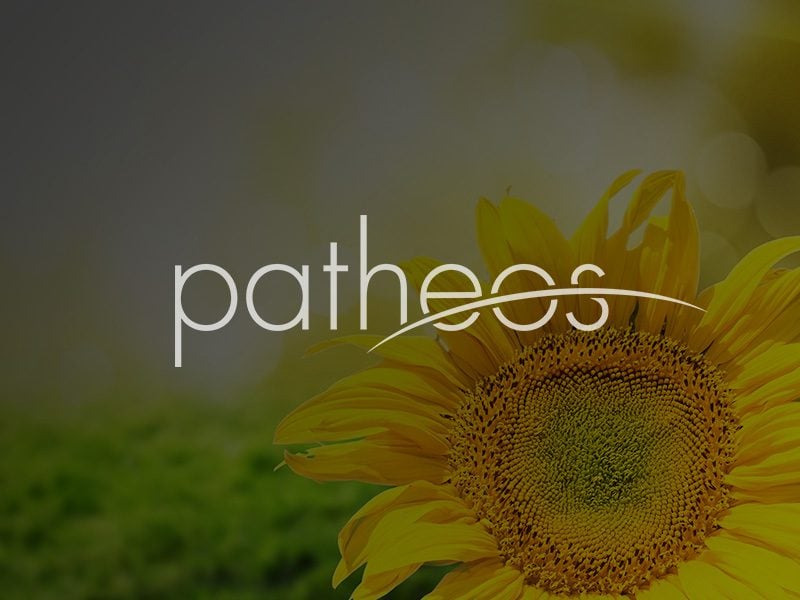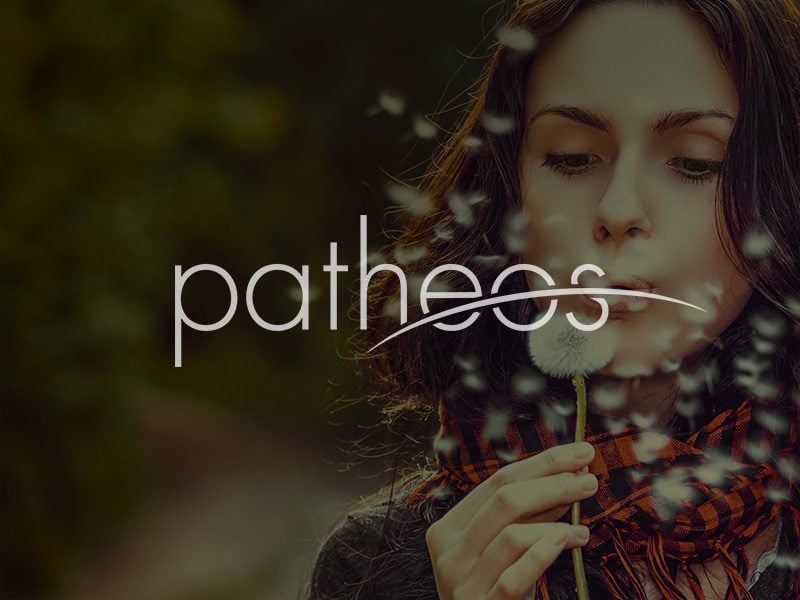“Are the three Kings here yet?”
– Tomas Rocha (age 5)
On this the Feast of St. John the Evangelist, I would like to embark on a project that is very near and dear to me, that connects many of my interests and passions together: the notion and practice of liturgy as mystagogy.
In RCIA (short for “Rite of Christian Initiation for Adults”), the word ‘mystagogy’ refers to the period of catechesis after baptism or other sacraments of initiation. I do not plan on departing from this way of using the term; it is already very comprehensive. If ‘mystagogy’ refers to catechesis after baptism, then, what this word describes is all catechesis that follows baptism.
But what does this term ‘catechesis’ refer to? I am sure that the common view in Catholic circles has a somewhat exclusive sense about ‘catechesis’: one that limits catechetical events to Sunday school, CCD, and catechism classes. At the very least, when I hear the term ‘catechesis’ I usually think of something religious. This is tricky. I do not mean to exclude any of the senses of the word ‘catechism’ that I have mentioned thusfar. I especially want to retain the explicitly religious character of what the term ‘catechism’ describes. (There are other, non-religious uses I am aware of.) But I also want to avoid the mistake of confusing education with schooling.
In other words, just as many confuse what education is by restricting it to schooling, many people might just as easily confuse catechesis with religious forms of schooling. Without taking anything away from the usual manner of speaking about catechism and, by extension, catechesis, I also do not want to be narrowminded about what catechesis and catechism are.
This, in a roundabout way, brings us to liturgy. In fact this is our first lesson: the liturgy shows us what catechesis is and, in the process, catechizes us. Yet for many liturgy is exclusively what happens in a church, during a formal ritual, especially at Mass. This is all true with the strict exception of the exclusivety. There is more to liturgy than this. There is more to Mass than “the Mass.” The Mass doesn’t end; nor does liturgy end. (Recall the liturgy of the hours.)
Liturgy is the heart of the Body, the pulse of the Church.
This is how the liturgy has already begun to teach us; this is how liturgy is rabbinic. Just as education is ubiquitous, so too is catechesis. There is no place or space or time in our earthly lives where we are not immersed in liturgy. It is the water we are constantly swimming in. This same, liturgical reality shows us the ubiquity of catechesis; or to be more exact about it: mystagogy.
By definition, all post-baptismal catechesis is mystagogy. We never graduate from mystagogy, no school can monopolize or contain it, we only participate in mystagogy—in the mysteries of our faith—more or less fully.
During these Advent and Christmas seasons, I have been blessed to see the practical, day to day, fruits of the liturgy’s function as a rich feast of mystagogical nourishment for my two sons and, also, for myself. I do not intend to try and outline a strictly theoretical or theological system here; my purpose in this series will be quite practical: I will try to show how we can convert orthodoxy into orthopraxy. It should also become clear that our sense of what is orthodox is largely constituted by the orthopraxies of the Church, the practices of daily life.
For this reason, I offer this series with a strong sense of urgency.
We live in a culture—if we can call it that much—where the liturgical pulse has been lost and, even worse, prostituted. I am not primarily speaking of secular culture. I am talking about the daily lives of many good and practicing Catholics. We do not live our daily lives in step with the pulse of the liturgy. We do not dance to the beat that is being played by the band. We’re just flailing around, clapping off the beat, singing out of tune. Lacking this aesthetic sensibility, our lives are often indistinguishable from those for whom the liturgy is totally absent. We settle for pedagogy when we ought to seek mystagogy.
In the entries to follow, I will outline some very ordinary and everyday aspects of the liturgy that bespeak a tremendous potential for simple, daily practices that might re-awaken, invigorate, and satiate our need for mystical re-enchantment. Our need for God, for Love. These aspects do not come, primarily, from my head or even my heart: they come from my daily life and the lives of my children.
I’ll end this introduction with a story:
The opening quote from this post came to life after I had already typed the title for this series. At about two in the morning, my son (Tomas) came out into the dining-room where I was writing. As he rubbed the sleep from his eyes, I asked him how he was doing. He said he was fine. In a matter of seconds, as he became more alert, he asked me, “Are the three kings here yet?”
What struck me in that moment was how much anticipation he had for Epiphany. As I will discuss in a later post, we open almost all our presents on the Feast of the Magi, so Tomas had some material incentive to ask this question; but there was more than this in his voice: he wanted to know if the Kings had arrived, like I would ask if a loved-one, or a treasured guest had arrived yet.
A key to the art of teaching is the ability to convert an acquired interest into a native interest. This is extremely challenging; attention is always fleeting. To have Epiphany on the front end of his sleepy mind, at two-o’clock in the morning, showed me that the liturgy is not only a spiritual treasure: it is also a vast and effective curriculum. A curriculum for mystagogy.
In what follows, I will describe this sense of liturgy as mystagogy in fuller depth and detail.















